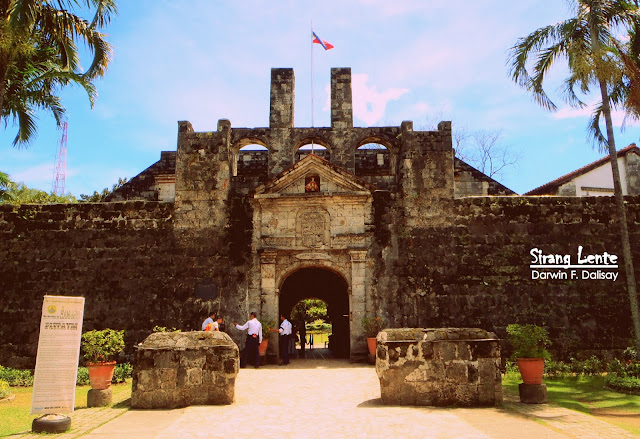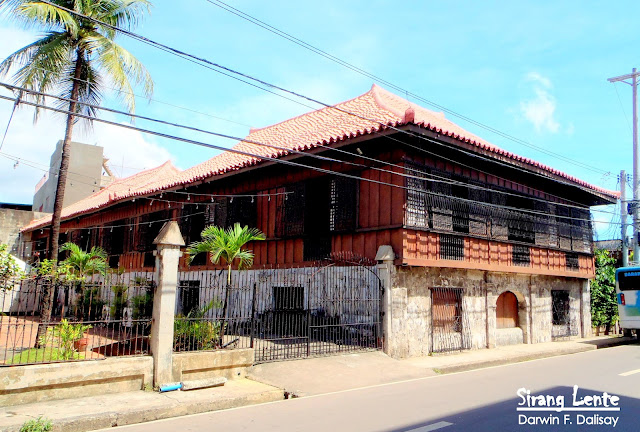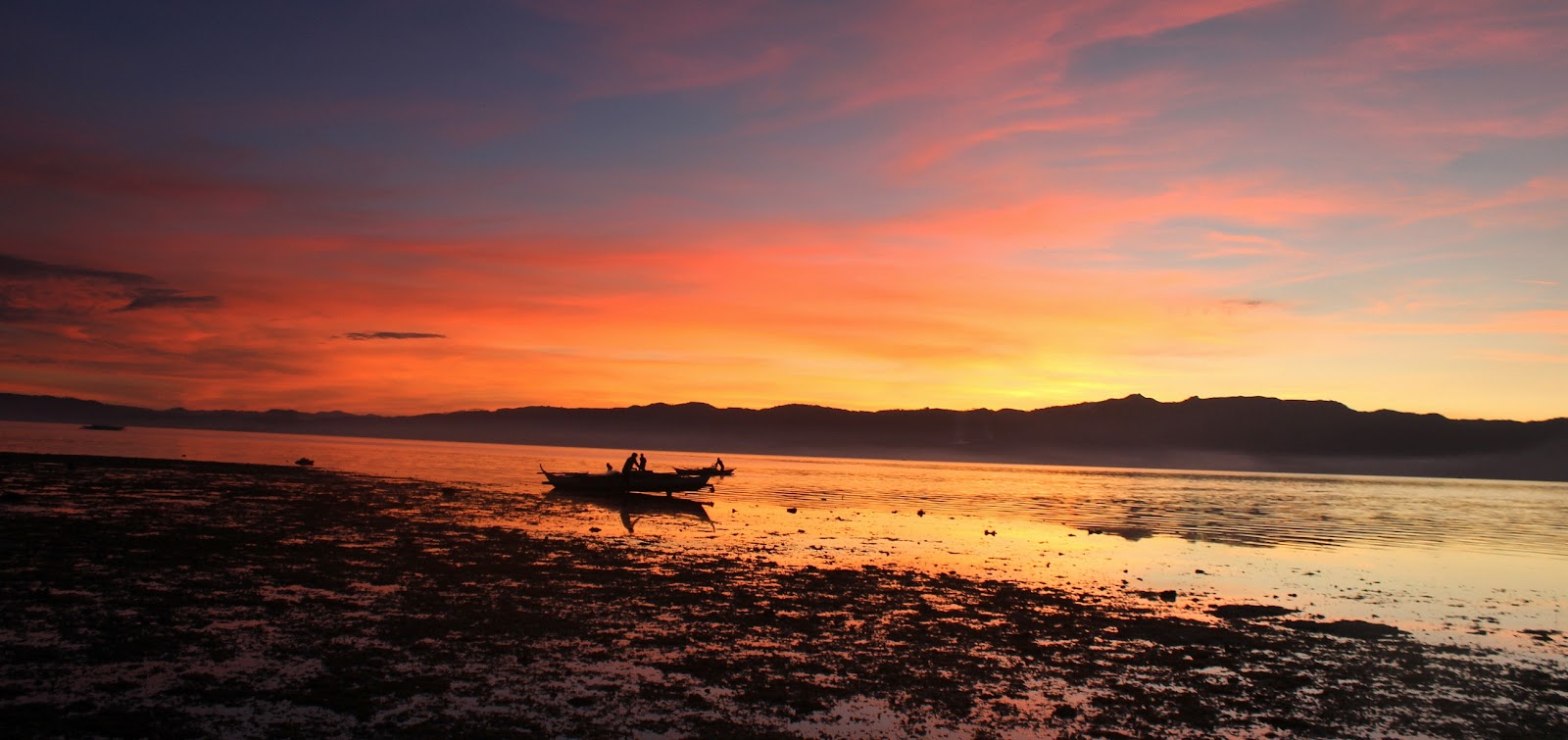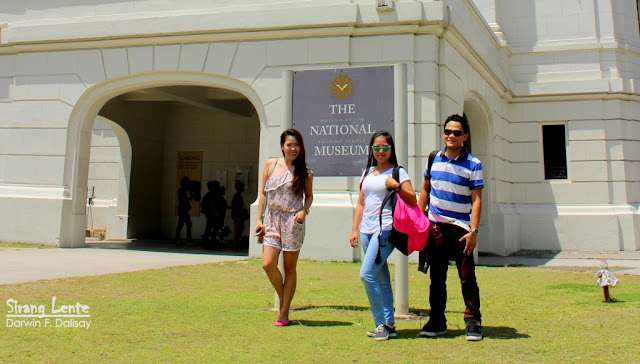
MATUKAD ISLAND, Caramoan

Tanay Adventure Camp

If you're looking for a remarkable activity, Tanay Adventure Camp is a perfect place you can visit, just two to three hours from Manila. In 2014, I was invited to join the TAC Attack, an annual anniversary celebration held at the camp. And this year, they have added a lot of activities such as the ultra-marathon and outdoor cook fest. Since we a had problem with our availability, we opted to travel by 7 in the evening and arrived at the camp around midnight. Upon arrival, we met and greeted a few people at the event, feeling superstar kami eeh, then, set our camp and had our dinner. By 2AM we proceeded to the Maharlika Hall and witnessed the start of the 1st Conquer Ultramarathon.
AN ACTUAL SEGMENT OF THE BERLIN WALL, National Museum
National Museum of Fine Arts, Manila

MARIKINA SHOE MUSEUM

Boracay Island, Backpacking and Commuting Tips

The Sound of Las Piñas Bamboo Organ
Fort San Pedro

The Fort San Pedro or Fuerza de San Pedro situated inside the Plaza Independencia, Cebu City. It is is a military defense structure built by the Spaniards and the locals of Cebu under the command of Miguel Lopez de Legazpi, a Spanish conquistador. The date of its construction wasn't sure but there are claims that Jesuit Antonio Campioni built the fort in 1630. Like the other century old churches in the Philippines, there are a lot of major renovations in the 19th century for the structural improvements of Cebu.
Casa Gorordo Museum

The Casa Gorordo House, also a Museum, shows how a prominent family lives during their generations. From the floor, artistic walls, windows up to the roof top - it's really gorgeous. At the main entrance of this house, its historical background was written and here's what it says: "This house was built in the mid-19th century by Alejandro Reynes y Rosales and was bought by Juan Isidro de Gorordo, a Spanish merchant, in 1863. Four generations of the Gorordo family lived in this house, including Juan Gorordo, first Filipino Bishop of Cebu, 1910-1932.
Yap-Sandiego Ancestral House

The Yap-Sandiego Ancestral House was originally owned by Chinese merchant, Don Juan Yap and Doña Maria Florido. It is one of the oldest residential house in the Philippines. It was built between 1675-1700 and was made from Coral stones, used egg whites as glue and "Tigas" or clay for the roof. The wooden pats of the house were made of "balayong" and "tugas" or molave which is the hardest woods in the country.


